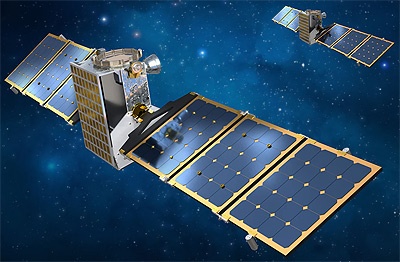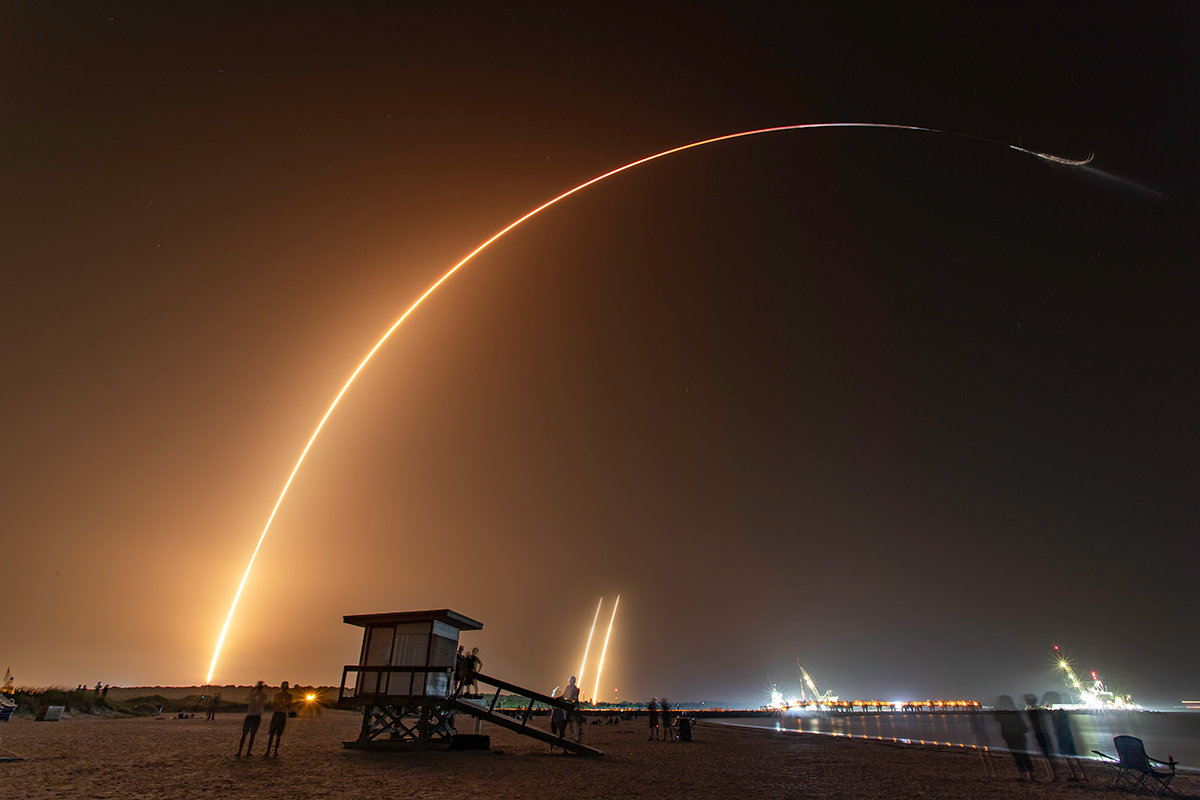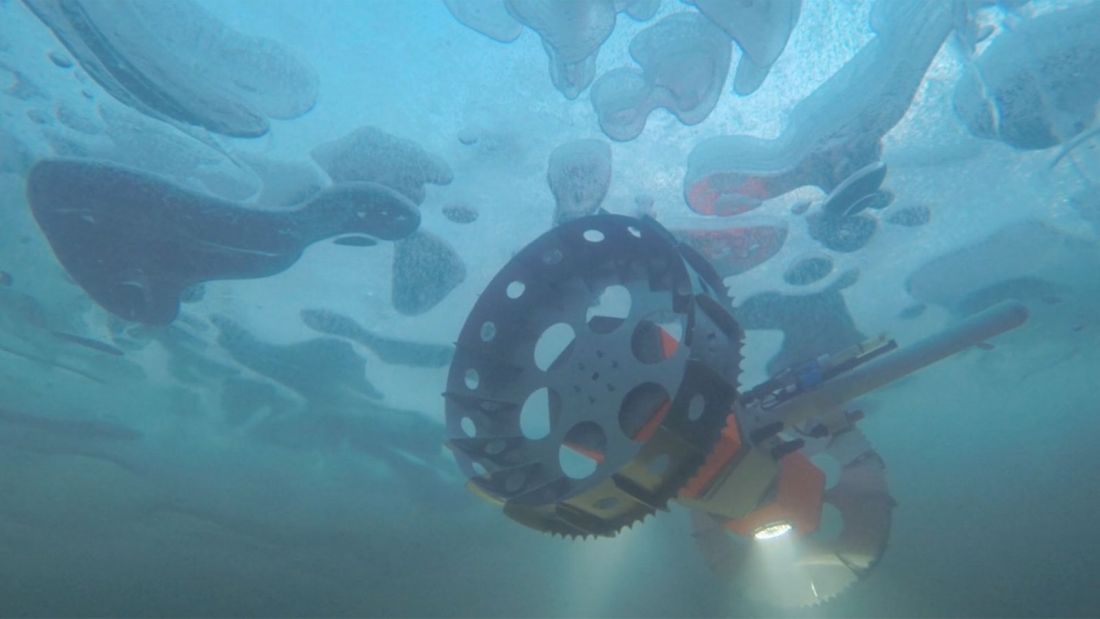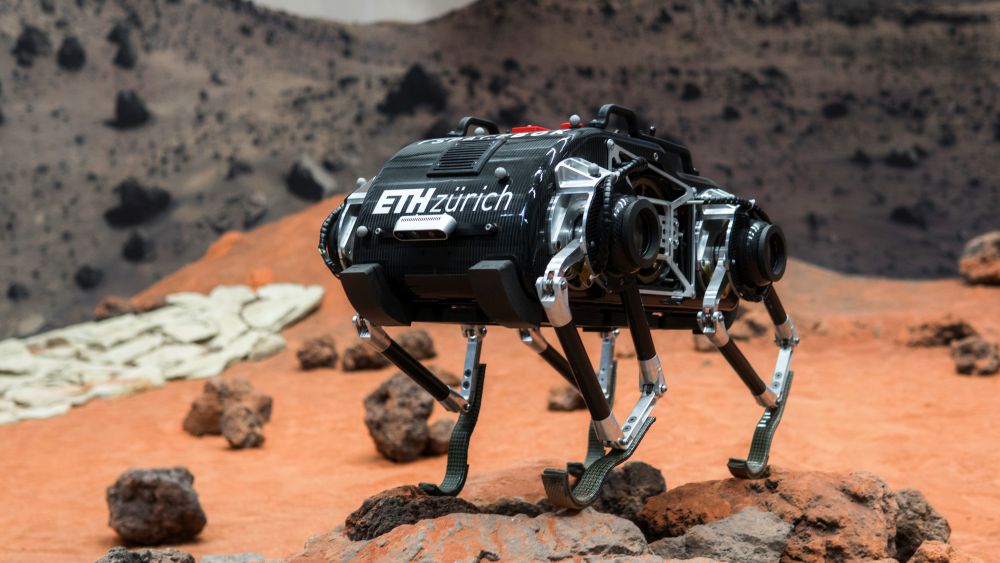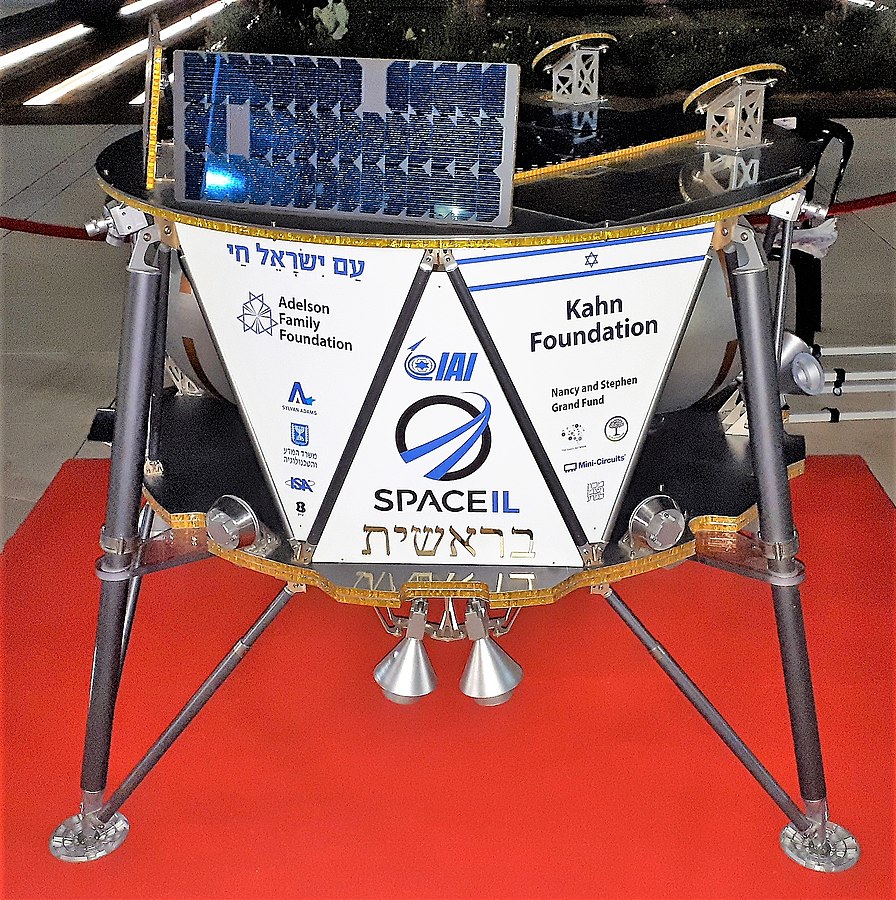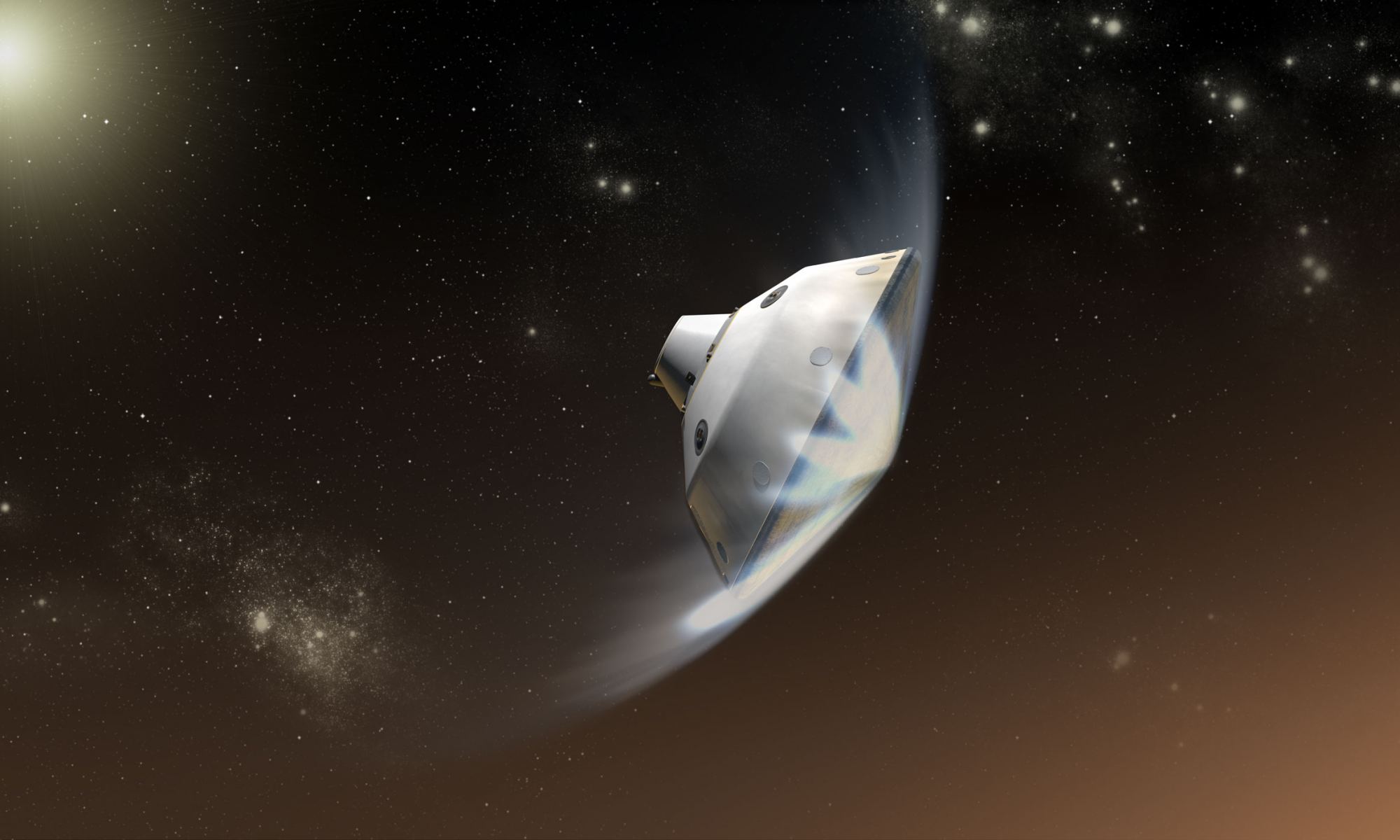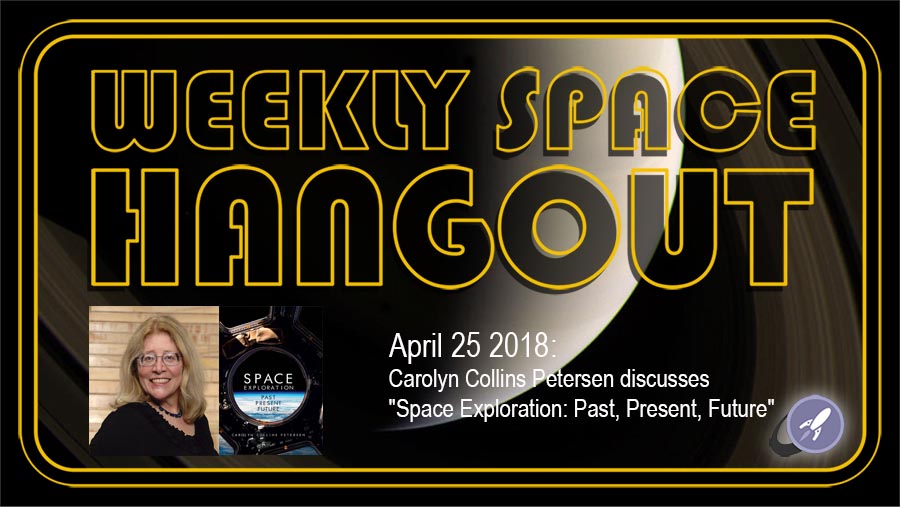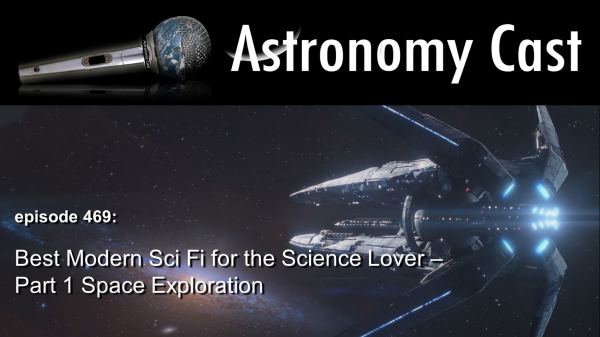Gravity is good for a lot of things. It brings objects closer together. Occasionally they crash into each other. But sometimes two objects get locked in a unique gravitational dance that pairs them together. That dance can be short-lived, or it can last for billions of years. In some cases the objects are large (i.e. planets and moons), but they can also be quite small.
These small dancing objects are called binary asteroids, and we know very little about them, despite making up approximately 15% of all asteroids in the solar system. That is until a newly greenlighted NASA mission, called Janus, will arrive at two different binary asteroids around 2026.
Continue reading “NASA’s Janus Mission is Going to Visit Two Binary Asteroids”
